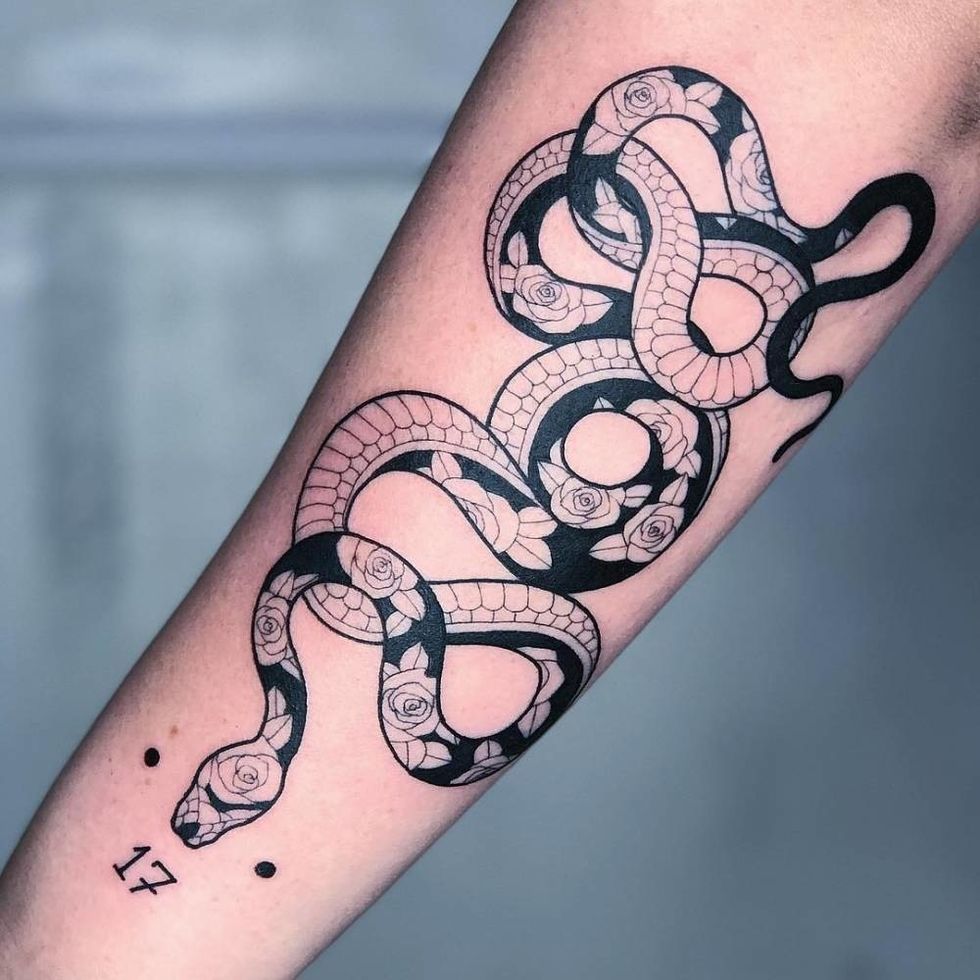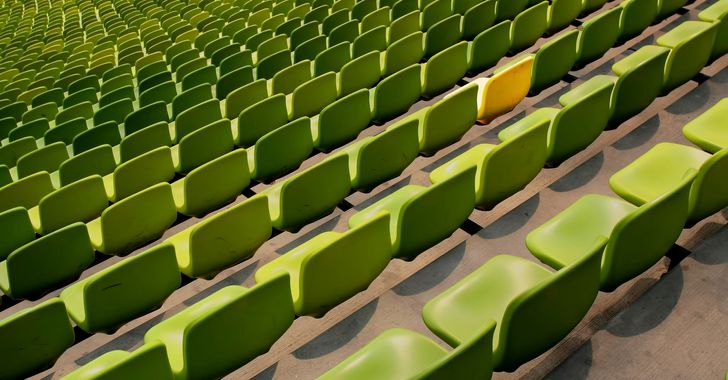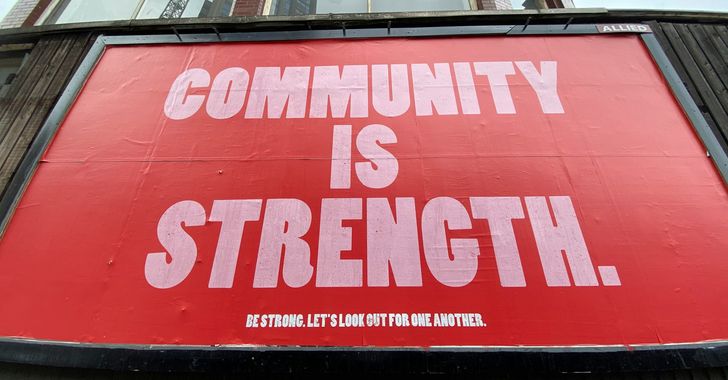Compression socks do a lot of good things for you that you might not realize. Here is a little bit about how compression socks can improve your life.
How Compression Socks Help You
Compression socks were developed to help provide support to soft tissues in the lower leg and foot. Hospital quality support hose that was originally developed to prevent blood clots found their way onto the legs of nurses who worked 12 and 16-hour shifts.
Nurses knew that the extra support not only prevented blood clots, but also helped their legs and feet feel better after long shifts. If they used to get swollen ankles and feet, they didn't have them after they wore compression stockings. And varicose veins? They never developed them if they religiously wore compression hose to work every day. Nor spider veins.
Improved Circulation, Fewer Varicose Veins
Once a few doctors and a few engineers started re-examining the compression stocking for use as a way to prevent varicosities, reduce swelling, and work longer with less leg pain, the compression sock was invented. The areas on the leg that were compressed were re-arranged slightly for active people who wore the socks while upright all day. The amount of compression was taken down slightly, so it no longer took a team of 3 nurses to wrestle them onto and up someone's legs. Finally, they started making them in colors other than hospital white.
How To Take Care of Your Socks
Your new athletic compression socks will be amazing for stimulating your feet, calves, and ankles. The extra compression will invigorate you, massaging you while you work out. Once your workout is over, your legs and feet will feel great, and you won't develop any swelling, varicosities, or spider veins as a result of being active and on your feet.
After six months, your socks will start to lose compression and should be replaced. Aside from normal laundering, there are no other special instructions that you need to remember.
Ways Compression Socks Improve Your Life
Compression socks don't only support the veins and arteries, they support the lymphatic system. The graduated levels of compression in the socks differ from other compression garments because they provide a lot of squeeze around the ankles, and the circumferential compression becomes looser as the sock goes up the leg, toward the knee.
If you have problems with swelling or get slight pain relief with the extra compression in just one leg (if you have a trick ankle or had injuries to one side, primarily) you can always wear one compression athletic sock on that leg, and a regular sock on the other. Some people don't like the extra compression unless it is cradling a problematic joint or painful muscle group.
Compression socks are one of the most effective, excellent remedies for treating multiple circulatory problems, including venous insufficiency, post-phlebitic syndrome, lymphedema, and varicose veins. By providing extra squeeze to soft tissues, the compression socks effectively push extracellular fluids toward the veins and lymph nodes. This reduction in swelling can improve healing, and improve pain issues. Compression stockings that are knee-high or higher can help prevent DVT and other life-threatening blood clots.
Pregnant women are usually huge fans of these socks after they discover just how well they manage ankle and foot swelling secondary to pregnancy. Using compression hose, along with cocoa butter can help reduce stretch marks, varicose veins, spider veins, and other not so welcome changes that occur during pregnancy. Tired, painful feet can be improved overnight with these socks. They make the feet less sore, less swollen, and allow you to get more done before you run out of steam.



 all stars lol GIF by Lifetime
all stars lol GIF by Lifetime two women talking while looking at laptop computerPhoto by
two women talking while looking at laptop computerPhoto by  shallow focus photography of two boys doing wacky facesPhoto by
shallow focus photography of two boys doing wacky facesPhoto by  happy birthday balloons with happy birthday textPhoto by
happy birthday balloons with happy birthday textPhoto by  itty-bitty living space." | The Genie shows Aladdin how… | Flickr
itty-bitty living space." | The Genie shows Aladdin how… | Flickr shallow focus photography of dog and catPhoto by
shallow focus photography of dog and catPhoto by  yellow Volkswagen van on roadPhoto by
yellow Volkswagen van on roadPhoto by  orange i have a crush on you neon light signagePhoto by
orange i have a crush on you neon light signagePhoto by  5 Tattoos Artist That Will Make You Want A Tattoo
5 Tattoos Artist That Will Make You Want A Tattoo woman biting pencil while sitting on chair in front of computer during daytimePhoto by
woman biting pencil while sitting on chair in front of computer during daytimePhoto by  a scrabbled wooden block spelling the word prizePhoto by
a scrabbled wooden block spelling the word prizePhoto by 
 StableDiffusion
StableDiffusion
 StableDiffusion
StableDiffusion
 StableDiffusion
StableDiffusion

 women sitting on rock near body of waterPhoto by
women sitting on rock near body of waterPhoto by 
 Photo by
Photo by  Photo by
Photo by  Photo by
Photo by  Photo by
Photo by  Photo by
Photo by  Photo by
Photo by  Photo by
Photo by  Photo by
Photo by  Photo by
Photo by  Photo by
Photo by 




